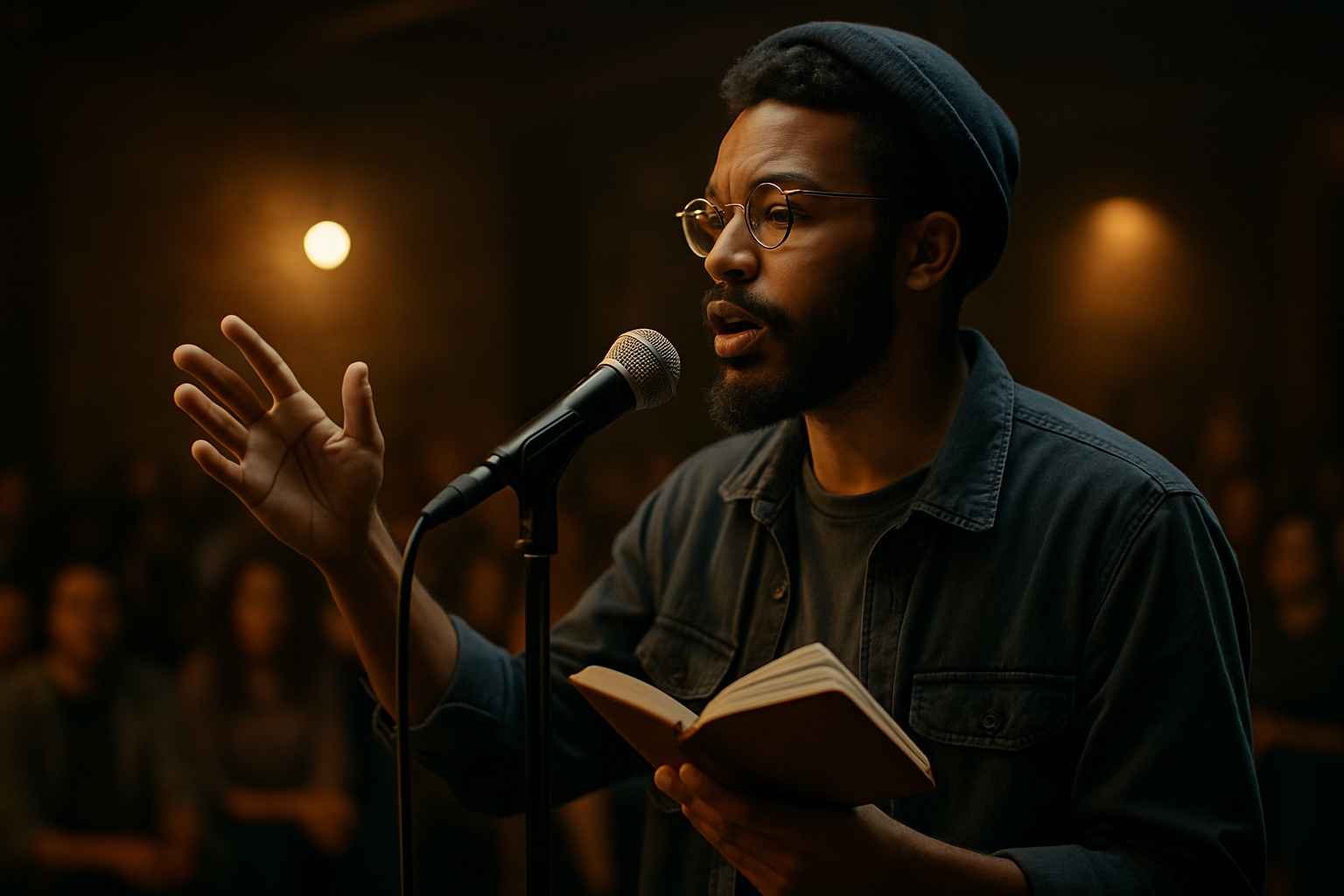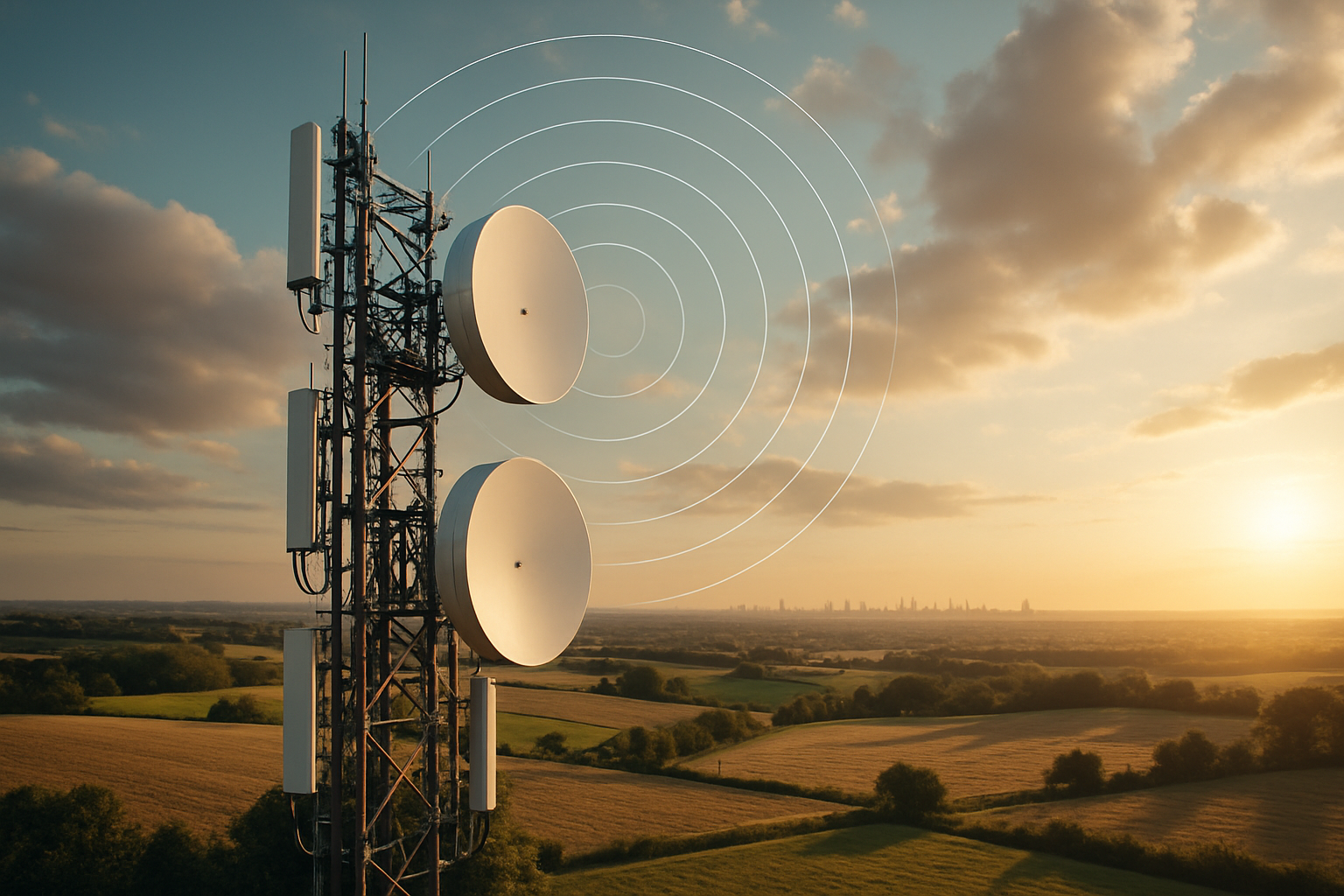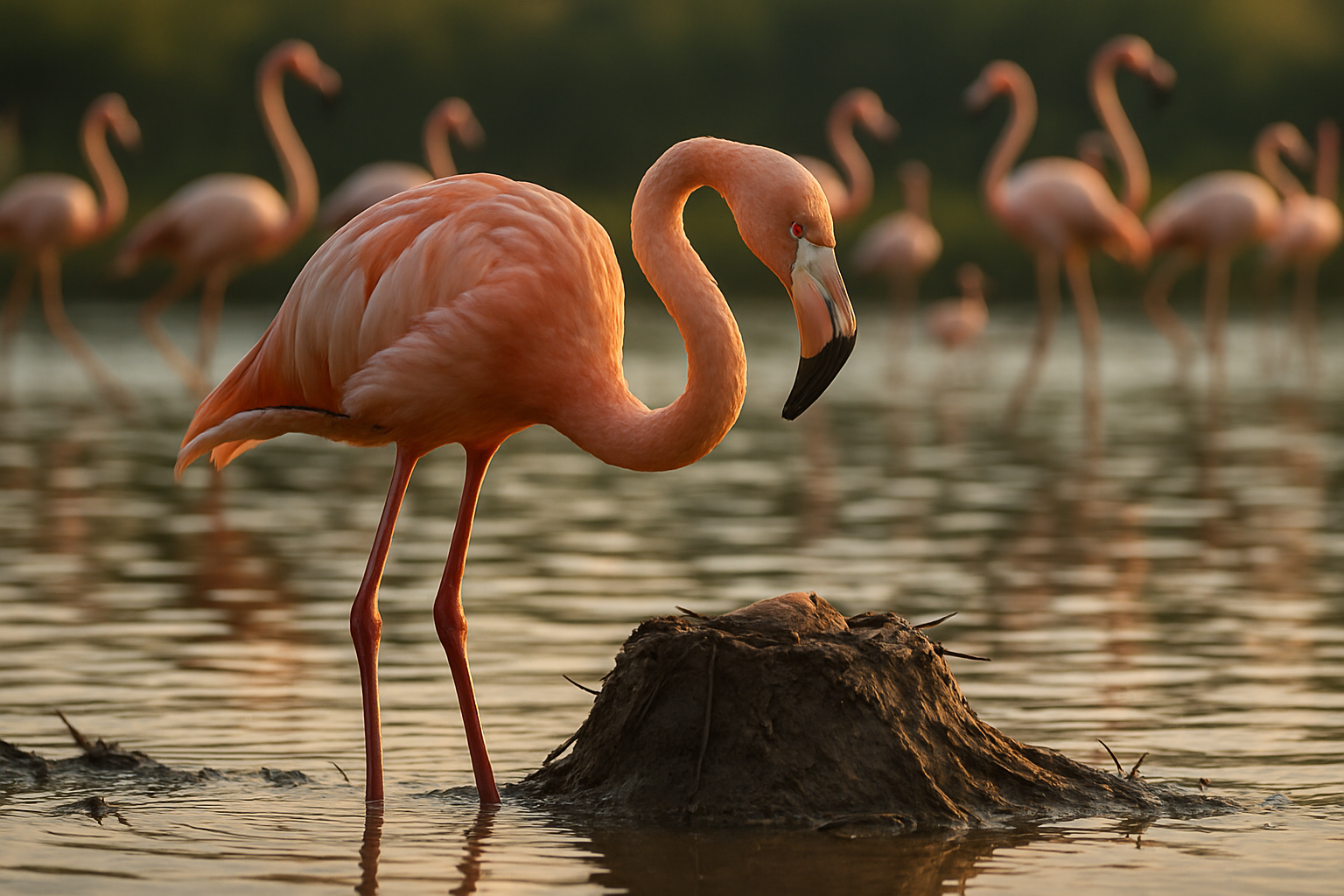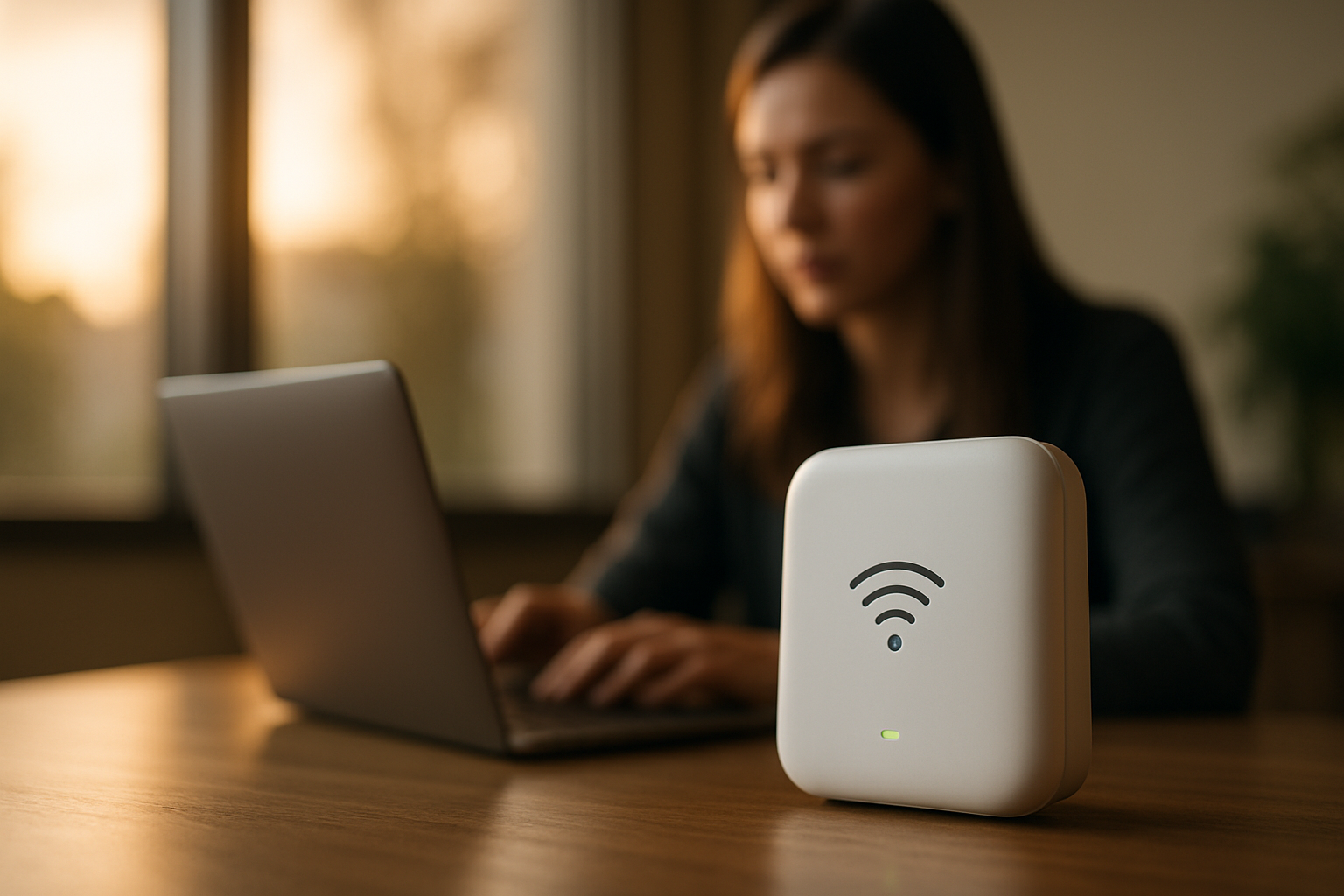The Reshaping of Performance Poetry: From Beatniks to Slam Competitions
Performance Poetry has been a significant part of the arts and entertainment industry for decades, yet it remains an under-explored area. Through the decades, it has evolved from the beatniks of the 1950s to the modern phenomenon of slam poetry. This form of artistic expression has not only survived but thrived and adapted to the changing times, maintaining its relevance and appeal.

The Beat Generation: Pioneers of Performance Poetry
The Beat generation, a group of American poets and novelists in the 1950s, laid the foundation for modern performance poetry. They were characterized by non-conformity, spiritual questing, and a rebellion against societal norms. The Beat poets, including Jack Kerouac, Allen Ginsberg, and Lawrence Ferlinghetti, were known for their powerful spoken word performances. These poets were the precursors of the performance poetry movement, introducing the idea that poetry should not just be written but performed.
From Beats to Hip Hop: The Evolution of Performance Poetry
Fast forward a couple of decades, and the 1980s saw the emergence of Hip Hop, another crucial phase in the evolution of performance poetry. Hip Hop, with its potent blend of rhythm, rhyme, and social commentary, offered a fresh and exciting platform for poetic expression. The Last Poets and Gil Scott-Heron are often noted as the forefathers of this movement, using their words to speak out against racial inequality and societal issues.
The Birth of Slam Poetry: A New Platform for Voices
The 1980s also marked the advent of Slam Poetry, a form of performance poetry that combines elements of performance, writing, competition, and audience participation. The first poetry slam was organized by Marc Smith in 1986 at a Chicago jazz club, aiming to breathe new life into the traditional poetry reading. Slam Poetry has since grown into a global phenomenon, with competitions held worldwide and even an annual National Poetry Slam in the United States.
The Impact of Digital Media on Performance Poetry
The digital age has played a pivotal role in the proliferation of performance poetry. Social media platforms and video-sharing websites have provided poets with a broader audience and the opportunity to share their work globally. Poets like Rupi Kaur, Neil Hilborn, and Sarah Kay have leveraged these platforms to reach millions, indicating the enduring appeal and adaptability of performance poetry.
Performance Poetry Today: The Future is Bright
Today, Performance Poetry is more vibrant and diverse than ever. It continues to evolve, breaking boundaries and finding new ways to express and communicate. From the stages of slam competitions to viral videos, performance poetry remains a powerful medium of cultural commentary and personal expression. Its resilience and adaptability suggest a promising future, ensuring it remains a relevant and essential part of the arts and entertainment industry.
In conclusion, the journey of Performance Poetry, from the Beatniks to the digital age, is a testament to its enduring appeal and adaptability. Its rich history and continued evolution underline this art form’s significance, demonstrating its ability to resonate with audiences across different eras and mediums. As we look to the future, it is clear that Performance Poetry will continue to captivate, inspire, and evolve, remaining an integral part of our cultural landscape.





